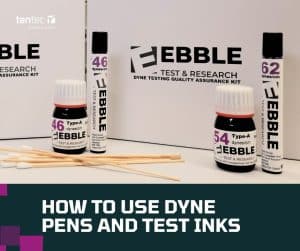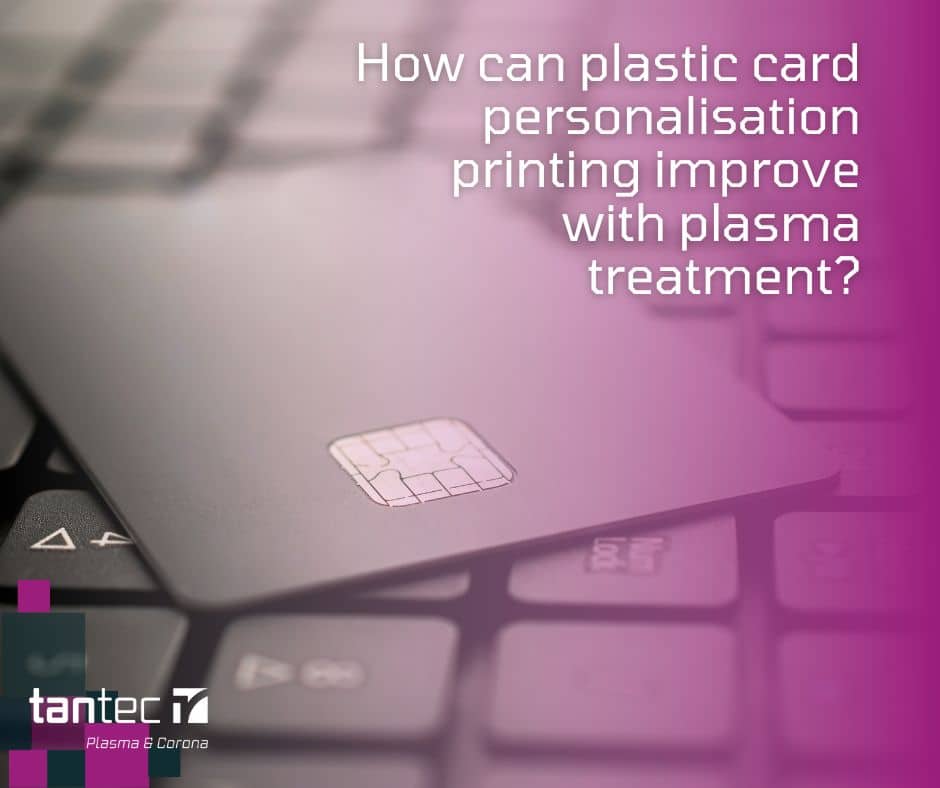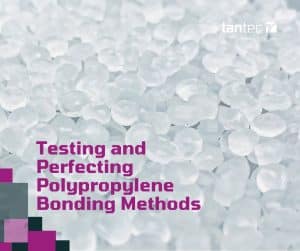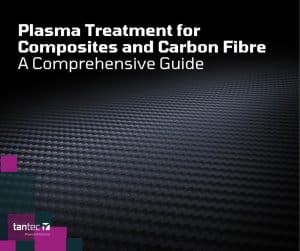
How to use Dyne Pens and Test Inks
Read this to find out the official way to get

Printing onto a plastic card, like gift cards and loyalty cards can be tricky as their polymers are essentially non-stick. This is often a desirable feature of the cards so they don’t become scuffed or dirty during their lifetime. This can however be a big problem during manufacturing.
Most types of plastic cards are made with PVC. PVC typically isn’t too bad to print on but like most polymers, it does have a ”non-stick” nature. Contamination such as fingerprints and oils can also be found on cards leading to issues.
Printing here is often for product personalisation such as barcoding, identity or number printing or some form of unique print which is printed using inkjet, drop on demand (DOD) printing.
Printing in this way can often be achieved with slower print, more expensive inks or larger drop sizes. However, for a lean, quick and robust process, quality can often drop significantly. Accomplishing solid print and providing solid overlay to plastic cards becomes an issue broadly faced by all businesses.
PVC is the most commonly-used material to make plastic cards. It has a relatively low surface energy of around 36-40 Dynes/cm (mN/m), which is the main reason for poor adhesion when printing plastic cards.
As a rule of thumb, the surface energy of the material must be higher than the surface tension of the ink in order to achieve good adhesion.
Using high solvent, high thinner inks can often be a solution as the thinners lower the surface tension of the ink, possibly as low as 30 dynes. This allows it to flow and key in to materials quicker and more substantially. This may be as high as 60 dynes. The surface energy of your material, and the surface tension of the ink can be measured to really know the full picture.
Looking to the future and the sustainability, safety and cost improvements many companies are looking to make, old solvent based inks are switching more frequently to water based alternatives which can make adhesion trickier.
Being an eco-friendly, cost effective and efficient surface activation method, Plasma Treatment is a dry, inline and repeatable process. A perfect solution for uplifting adhesion and print quality without changing other processes or adding significant costs to existing or new lines.
While plasma treatment is the most common technology in these projects, corona treatment is also an alternative.
Atmospheric Plasma comes in nozzle type machines, where a compressed air supply is passed through the nozzle where it passes high voltage electrodes. The high voltage creates an ionised gas where the molecules in the air have been energised and broken up. The energetic molecules bond to your surface to give an excited and activated material surface that wants to bond to the ink you’re putting down.
As part of the treatment, these energetic molecules interact with oily contaminants and turn them into vapour that blows away. This is how it removes processing oils or greases or fingerprints that are stopping your ink getting to the material.
You now have a clean, activated surface that’s ready to accept inks, laminates or a coating. Your material will still look the same, it won’t have discoloured or tarnished. Your material will still feel the same, as although we have changed the surface, it’s been done on such a small scale that it doesn’t change the roughness or gloss of the material.
What you do want to watch out for is recontamination of your surface. You have created a finish that wants to bond to something and that includes air-borne debris, fingerprints or general factory dirt. Placing treatment before the printhead is the best way to maximise quality and minimise the risk of ruining your surface.
There are a few technologies out there, firstly the standard plasma nozzles. These can be used together to get a wider beam, but typically run at 10mm each. This works well for a simple barcode, but multiple heads are needed for full card width. The key advantage of this head is that it is intense, so it can run at 30,000 cards an hour without any issue.
Secondly you have the rotating heads which take a version of the single nozzles, one or more, and spins them around to create a wider beam of plasma. As you have one or two nozzles now treating a larger area, the treatment is weaker and spread out. This can have a big impact on speed but does allow for full card treatment without any issue.
You can also use corona treaters, but they are a more engineered solution and require full integration into the machine. Plasma heads often just drop in with minimal safety requirements, often ready to run in less than ten minutes.
One of the world’s leading producers of credit cards VCT Brazil, recently invested in Tantec’s PlasmaTEC-X systems. The customers are very satisfied with the arrangement:
“After installing it on our machine, we did not have any problems with the printing of our cards. We achieved the quality we wanted and we increased our productivity due to the good operation of the equipment”.
José Alexandre, Production Manager at VCT Brazil.
Conclusion
Printing on to PVC can be tricky, but those in the trade know there can be work around. Adding plasma can be seen as an additional and costly process upgrade. Its use however can speed up production, use lower coating or ink weights and take the risk out of production. All without the need for chemicals or machines that need a lot of attention and set up.
Alternatives such as corona are sensible but can be more expensive or require greater machine modification.

Read this to find out the official way to get

Polypropylene (PP) bonding is traditionally a difficult task due to

Composites are becoming increasingly important in manufacturing, whether these are
40A Crossgate Road
Park Farm Industrial Estate
Redditch
B98 7SN
Tel: 01527 304 004
Email: info@tantec-uk.com
